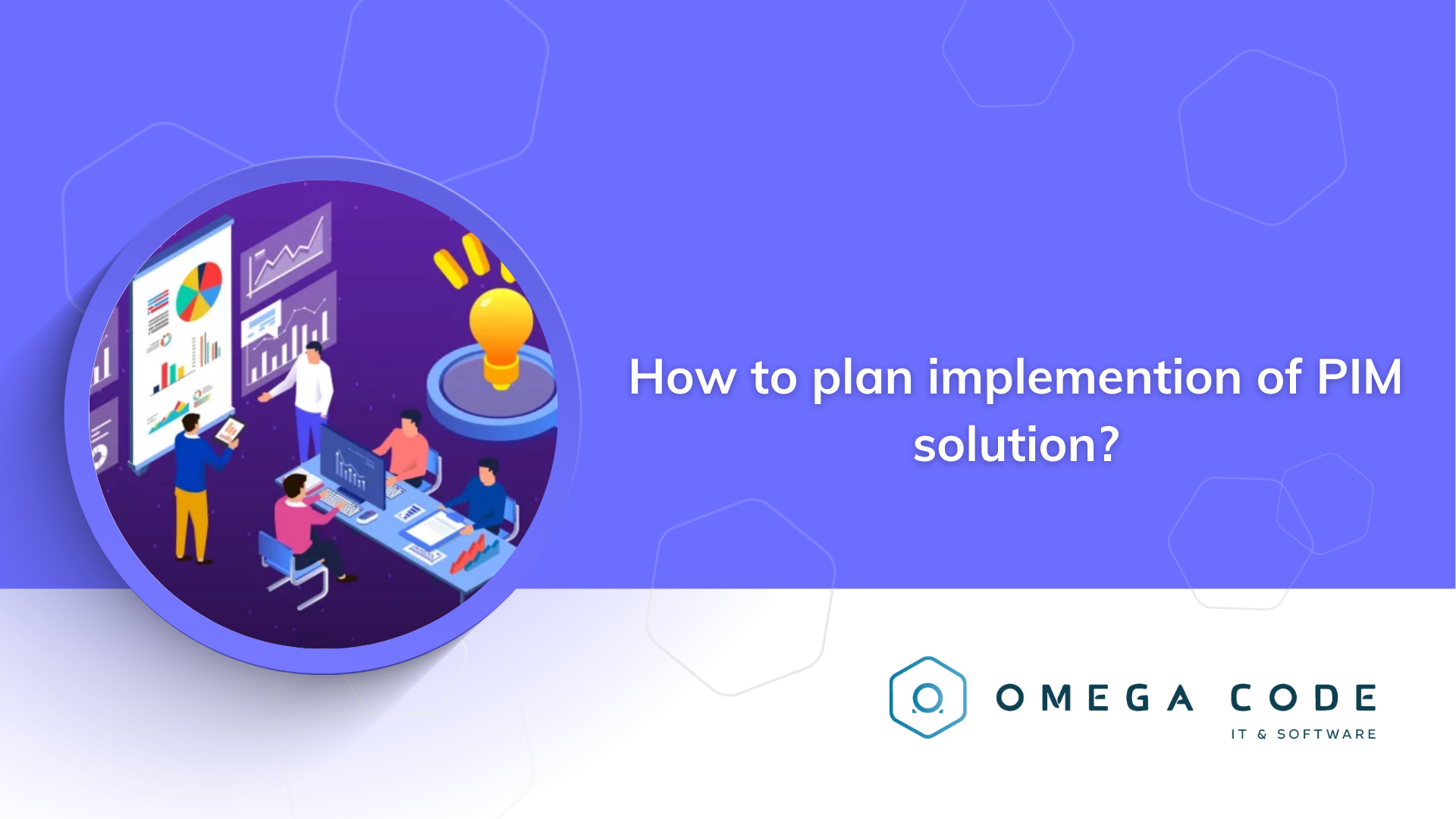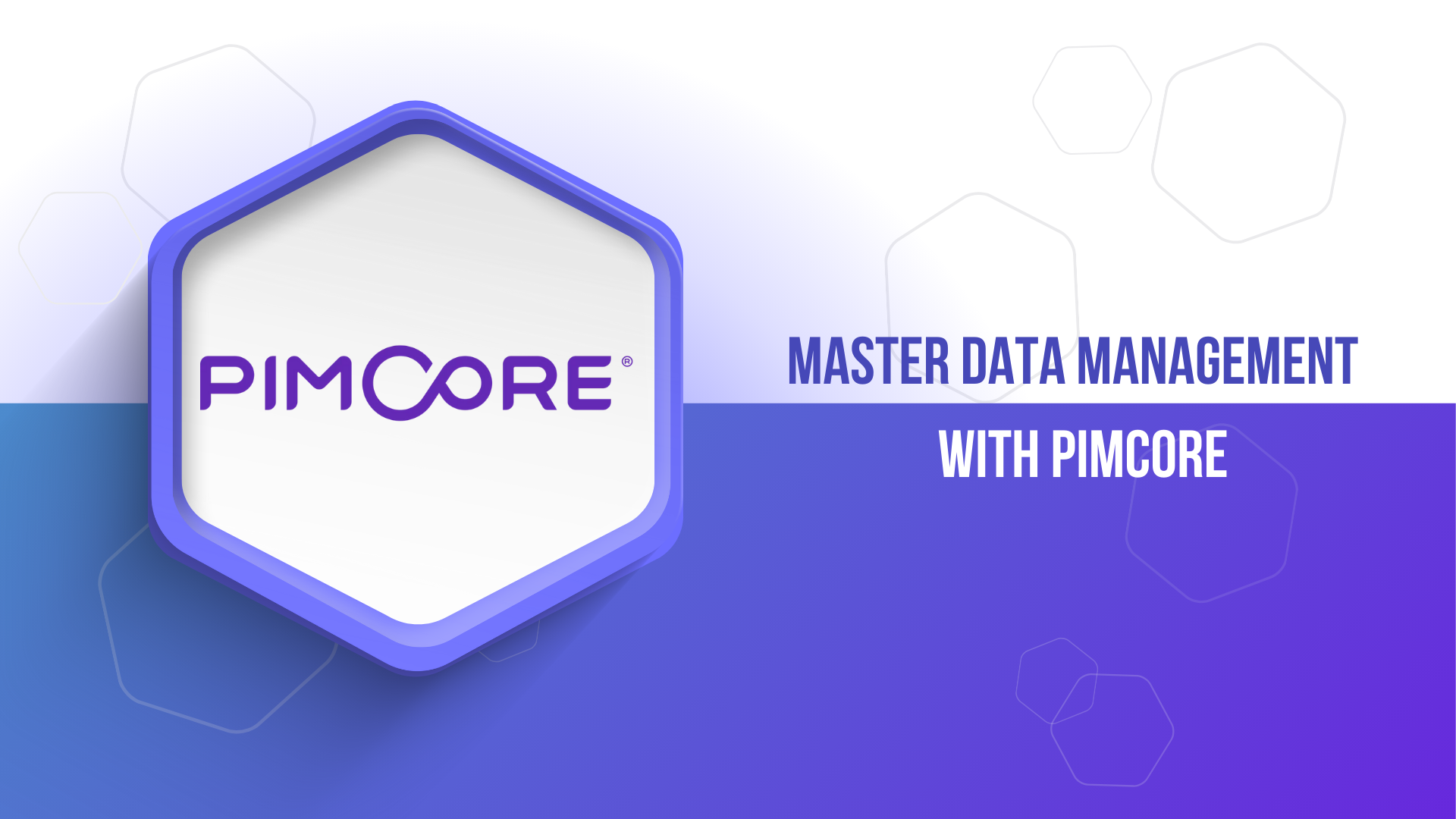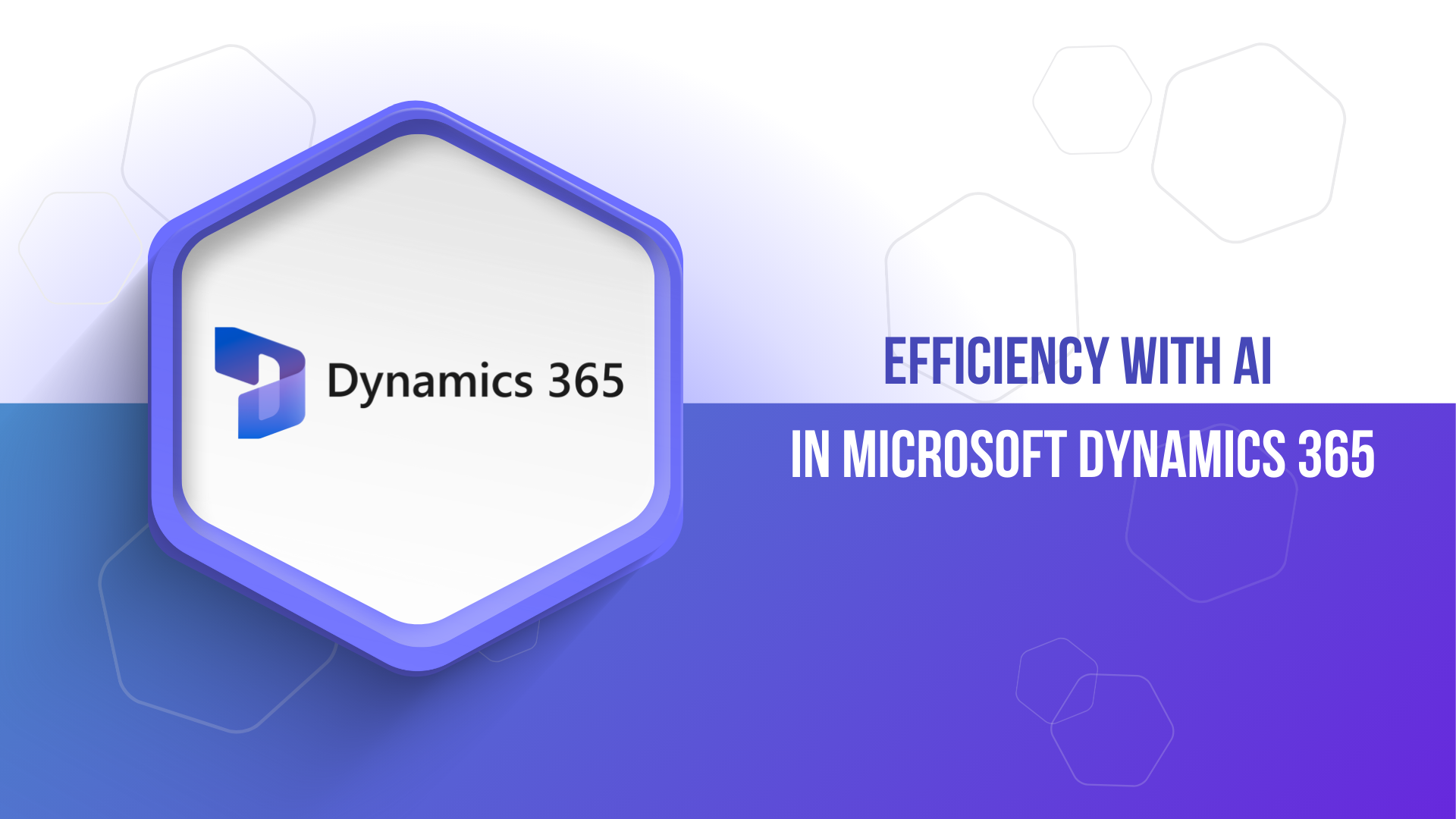How to plan implemention of PIM solution?
Learn the 6 key steps.

Congratulations! You have made the correct judgment by choosing to go for a PIM solution. And now, it’s time for the next big decision, which will play a pivotal role in deciding whether your product data management strategy will fail or succeed. Of course, we’re referring to the PM software you select.
Some of the obvious things that enterprises do before selecting any software are to rally the right decision makers (including cross-functional ones), identify the “as-is” and “desired state,” set a realistic budget (and stick to it), set your search parameters (based on cost, requirement, geography, etc.), start talking to PIM providers and ask the questions that matter.
But wait, isn’t that true for selecting most systems or solutions? There’s something more to PIM when compared to other systems. This article attempts to spell it out in 5 simple steps.
Hint: It’s not the features and functionalities (it’s easy to get lost in them, though).
1. Validation: Finding Your Right Fit:
Your right fit starts with assessing your unique requirements and future plans, and stretches up to your technological landscape. The unique requirements should ideally be graded on a scale of mission-critical needs, essential requirements, desirable, and ‘good to have’ ones. The future plans must include strategic roadmaps, scalability needs, business direction, diversifications, or merger and acquisition aims.
However, the most complex and time-consuming factor in finding the right system is its suitability with enterprises’ existing technology and operational landscape. For example, will the new PIM integrate easily with your existing software and systems? Would it adjust itself according to them? Or would the current systems be required to adjust according to the new PIM? Another critical need is to determine whether the new PIM fits your security and compliance requirements.
2. Identification: Looking for PIM Vendors:
Start by setting specific criteria in terms of what you want from a PIM vendor. What are the non-negotiable features for you? What additional capabilities would serve you well in the long run? It is also essential to learn about vendors’ clientele. How diverse is it? Would you prefer a vendor who has served customers from your industry? Or a related industry? Have they handled a PIM project of a scale such as yours? Is the vendor present in your geographical region? How familiar is the vendor with the region you belong to or operate in? If your business operations operate across a few continents, can the vendor offer multilingual capabilities in the software? Once you have set these criteria, you can go ahead and ask for a demo from the vendors.
3. Evaluation: Best Solution and Best Practices:
To unearth the best solution, enterprises must prepare a POC (Proof of Concept) by using your organization’s datasets to help see if your objectives can be met. You can create a representative dataset having around five business use cases and include data from relevant digital assets belonging to multiple product categories. In principle, use cases must represent every critical stage from creating, enriching, approving, and publishing products on channels.
Invite vendors to configure solutions for your use cases and datasets. Examine what they present; see if you can make changes to the application with minimum technical training. Rate the POC of each vendor on the basis of flexibility, cost, delivery, partnership, innovation, quality, risks, etc. Assess whether each vendor follows the best practices to implement a PIM system. Lastly, make your list of top 3 or 5 vendors.
4. Negotiations: Put Forth your Terms and Know Theirs:
As you inch closer to choosing your future PIM vendor, it’s time to delve deeper and share your terms with them. Explain your conditions unambiguously. You’ve spelled out your needs before; now let them know your priorities. For instance, what’s more, important to you, PDS (Product Data Syndication) or Web-to-print; if both, then in what order? How much of a priority is ‘product information language translation’ automation for you? Are there any compliance terms or conditions regarding your suppliers or partners who provide you with product data?
Evaluate the technicalities of the proposal, including commercial needs, implementation plans, license or subscription fee, the total cost of ownership, terms of support, incremental costs, etc. Lastly, understand their interest in working with you. Apart from the monetary rewards, what are their expectations from the collaboration? Now prioritize among your top 3 or 5 vendors.
5. Assessing the Business Value:
Go back again to your chief reasons behind implementing a PIM. Was it to enhance data quality, decrease operational costs, improve customer experience, speed-up time-to-market, or enhance efficiency? If it’s all of them, then, once more—prioritize. You may also take a step further and specify your metrics for these measures.
Are your business partners, suppliers, or vendors too deriving any value or getting enabled by the new PIM you are choosing? What’s also needed is to keep the “real” stakeholders (top management) in the loop. They are the ones who would be in a better position to match the future business value of PIM with your organization’s strategic plans. Also, implementations may bring certain newer costs, such as new tech infrastructure or resource expansion; enterprises’ may not be fully equipped for it in their present state. Therefore, the business value should be weighed against all these factors as well.
6.What should You prepare when choosing the PIM system?
Of course, apart from describing the structure of products, their complexity, variants, catalogs and their relationships, this area also includes: the structure of cooperating systems and processes related to validation, content development, publication (broadly understood product life cycle), marketing materials. This area also describes the roles of system users, internal and external teams that work on the collection of information. The whole range will be described in the next article.
Wrapping Up:
After conducting all the business and technological evaluations and selecting the best solution, it’s time to go beyond. Because after a PIM implementation, enterprises would still need integration with downstream channels such as digital commerce, product data syndication, and marketplaces. And how the chosen PIM fits the marketing strategy of these channels will remain a crucial aspect.
On the other hand, you must start preparing the organization for PIM. Provide key departments and users the necessary guidance and preparation not just in PIM usage and what to expect from it but make them a part of the purpose PIM will serve, such as better customer experience, increased efficiency, and ROI.
Lastly, remember evaluation doesn’t end with implementation; it starts with it. PIM is software that thrives in a dynamic, evolving environment and will need to be continuously assessed.
Contact us for more information about our products or services. You can reach us through the contact form on our website pimcore, by email or by phone. We are happy to answer any questions and clarify any doubts you may have. We look forward to hearing from you.
Inspired by: pimcore.com





